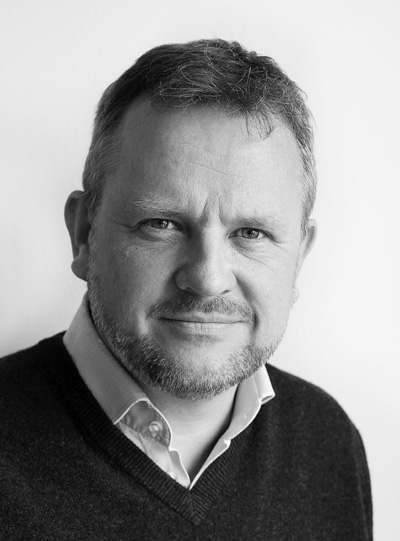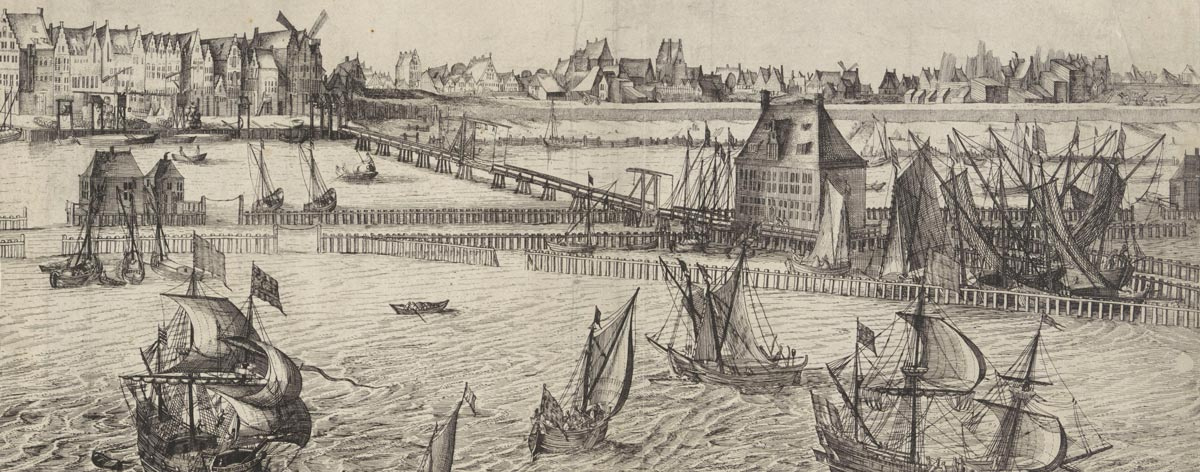Setting sail for the future
Koen KleijnAmsterdam’s harbour traditionally stretched along the banks of the IJ River. The city’s major expansion of 1613-1614 began with the construction of new islands behind the Westerdok, the Prinseneiland and Bickerseiland, which were intended for shipbuilding. In the 20th century the city’s largest shipyards moved to the northern banks of the IJ River.
Until the late 1970s the northern IJ banks were dominated by large cranes, docks, and warehouses. The area underwent a radical transformation in the last quarter of the 20th century. Traditional activities such as shipbuilding and freight traffic disappeared. Buildings and territories were developed along the banks of the IJ River that drastically changed the image of the city. Progressive architectural structures like Silodam (MVRDV Architects, 1998-2002), IJdock (Van Gameren, Mastenbroek, e.a. 2013), and EYE (Delugan Meissl, 2012) were not ‘isolated heroic deeds’ but part of a controlled plan.
"It is often difficult for cities that have so much historical heritage to progress into the future"
European cities like Genoa, Marseille, Glasgow and Hamburg were also redeveloping their historical harbour areas, their ‘maritime façade’. It is often difficult for cities that have so much historical heritage to progress into the future; the past is too heavy and prevents the development of modern initiatives.
Amsterdam succeeded in making the most of the city’s history, and even created a sort of ‘Dutch avant-gardism’. New canals were dug out on the KNSM and Java Islands, and larger apartment blocks were built that resemble 19th century warehouses in their size and diversity. Plots of land were issued on the Borneo peninsula that had the same narrow measurements as those of four hundred years ago. There, too, the buyers were given freedom with regards to the design and only a few limitations. In this ‘controlled variation’, the new breathes the spirit of the old.
Photo: Anonymous, View on Amsterdam from the IJ bay, c. 1612-1652 (Collection Amsterdam City Archives)
This story origins in Edition #7 for which art historian Koen Kleijn went in search of ten remarkable city stories viewed from the theme 'The Medium is the Message'.

Koen Kleijn
Koen Kleijn is art historian, journalist, documentary filmmaker and writer. One of his specialties is the history of Amsterdam, on which he wrote several books. Since early 2018, he has been editor-in-chief of the historical monthly Ons Amsterdam. He is also regularly writes reviews for De Groene Amsterdammer, and is curator of Museum Het Grachtenhuis.
